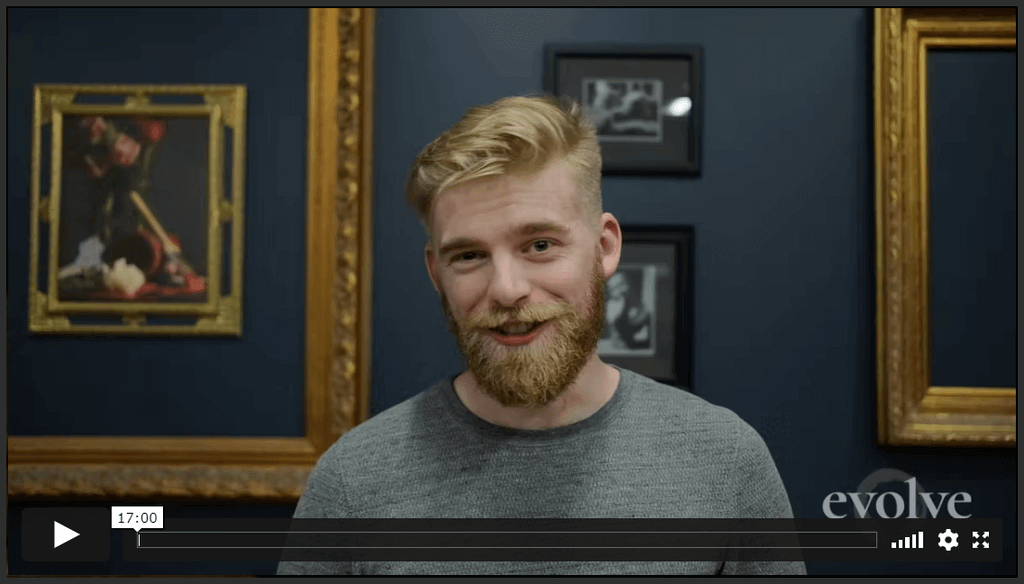The Difference Between a Good and Bad Abstract Oil Painting
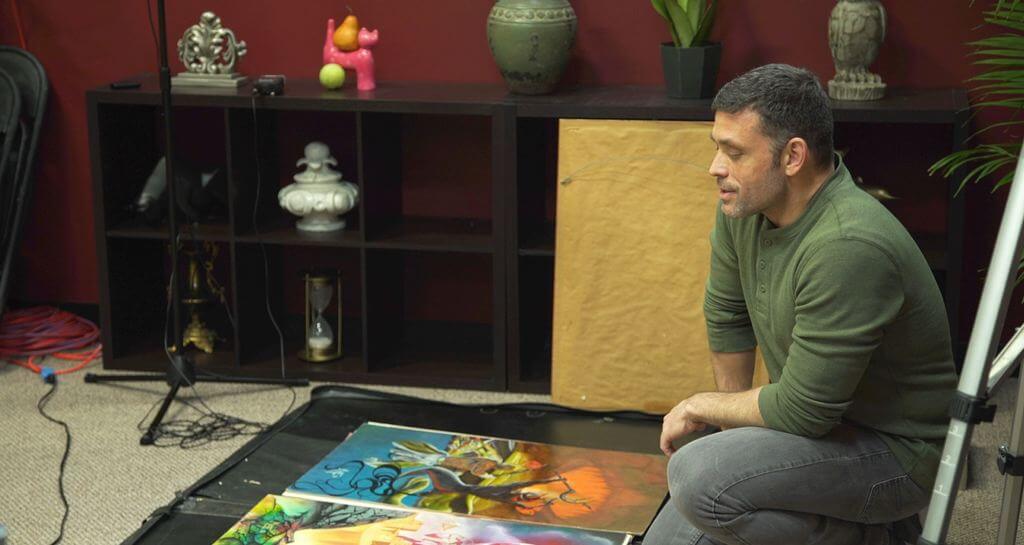
“Learn the rules like a pro, so you can break them like an artist.”
-Pablo Picasso
More...
Any person throwing paint at a canvas can claim they are an artist under the umbrella of abstract art. But I would disagree. I think that the people who were doing that do true abstractionists is a terrible disservice. In this post you’ll learn all about what true abstract oil painting is and the difference between a good and a bad abstract oil painting.
Art is about intent

Picasso was a skilled realistic painter before he became an abstract artist. This is one of his paintings called "Portrait of the Artist's Mother."
I believe that all art, everything from hyper-realism to full-blown abstraction, is about intent.
If you are going to paint a portrait there is an intent. The intent is for the painting to faithfully represent your subject. There is an intent behind every mark. A person who is just throwing paint on a canvas doesn't have intent. They are waiting to see what the result is of the mess that they're making. They hope that a portion of their experiment looks cool enough to cut out and frame.
True abstract art
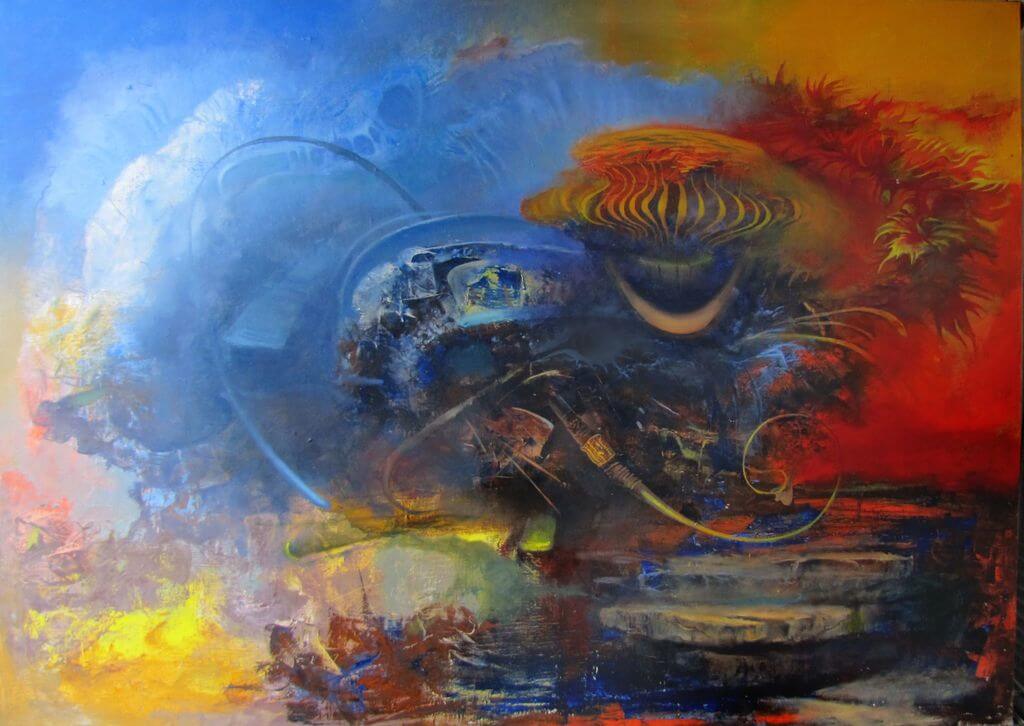
Abstract Painting by Mijodrag Jankovic.
A true artist who does abstract art has intent. They know what they want the painting to look like specifically. They go and they paint utilizing and controlling values, colors, and edges.
Mijodrag Jankovic is an incredible example of it. His work is not representative or derivative of anything. It is purely abstract but there are some truly concrete places in the paintings and some ephemeral areas where you can't make heads or tails of what they are. You can see through his control of color that he's specific.
He has a series of paintings that are colored in the same way where he utilizes warms and cools for the sake of vibration. Everything he’s doing is for effect. Hard edges, gradients - they're all there for a reason but they're not there to represent anything other than the abstract idea that he has formulated in his mind.
His intent is to represent what he has envisioned in his head. That vision is not connected to anything representative. That's true abstraction.
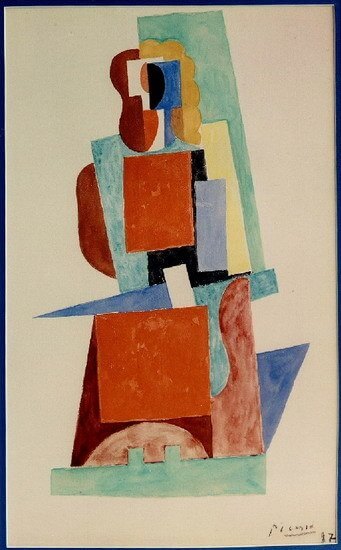
A true abstract piece of art by Picasso called "Woman Sitting in an Armchair."
I have an enormous amount of respect for highly skilled abstract artists. It is an incredible thing to be able to do that and there aren't a lot of people who can.
It starts with intent. To be able to stay away from the beaten path and not produce something representative while still utilizing these tools to bring your intent to life is an incredible challenge. It requires an extraordinarily well-developed mind.
What technique is used in abstract oil painting?
As I said earlier, people who throw paint on a canvas to see what happens are merely pretending to be artists. These people create random art, meaning there is no intent. It is not art - it's chance, and it’s hard to respect that. That's not art because art is all about intent. There must be intent behind it.
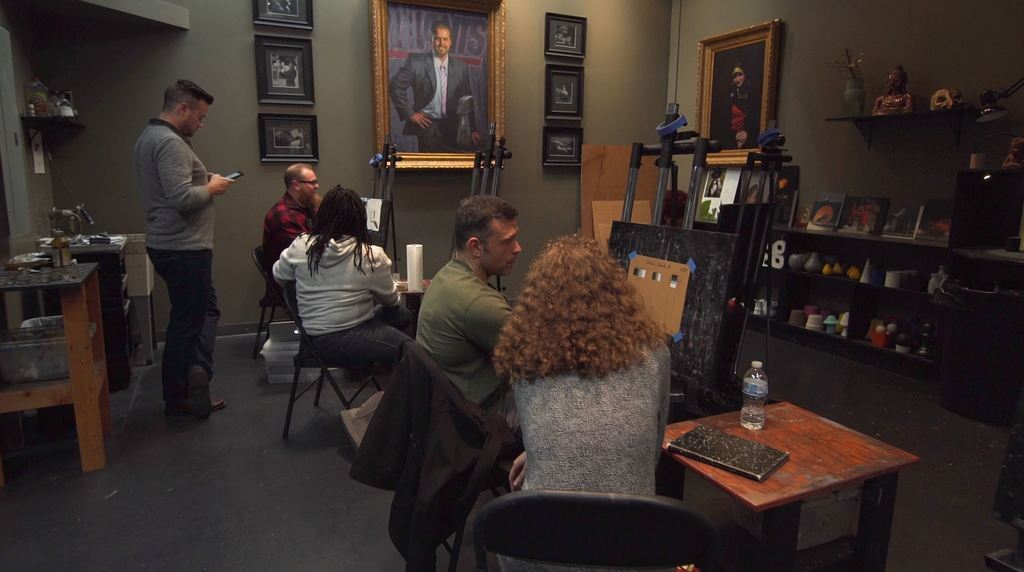
Kevin teaching students the fundamentals at the Evolve student conference.
The difference between good and bad abstract art
It's like music: you know when you're hearing noise and you know where you're hearing music. I'm not a big fan of certain types of music, but there are some musicians within those genres when you hear them, you can tell that they know what they're doing. And if you listen to their music from previous years you can hear the progression of their development as a musician. You can hear it and it's no different in art. We know when we're looking at garbage. If we tune out all the people's opinions around us about what a piece of are is and we stand in front of something, we know if the person has skill.
The issue with visual art (which is different from pretty much everything else) is that there's a system in place that tells us whether it's good. When you go to a restaurant, you don't need anyone to tell you whether the chef is awful. When you listen to music, you know if it's good or bad.
If you've never eaten anything but oatmeal it's going to take you a little bit of time to settle in and get a sense of the range of foods, flavors, and textures of all the things that are out there. But once you spend a little bit of time immersed in it, you will know what the really good stuff is.
It comes back to “are there components in place” or is it purely random? I can show you paintings that are similar in style; one that is random and one that is done through an understanding of the components of art making. One of them resonates. It vibrates. It doesn't even look like it's sitting still. The play of color, temperature, and edge and value make the one painting swim.
How do you get what's in your head onto a canvas if you don't have skill with which to apply your intent?
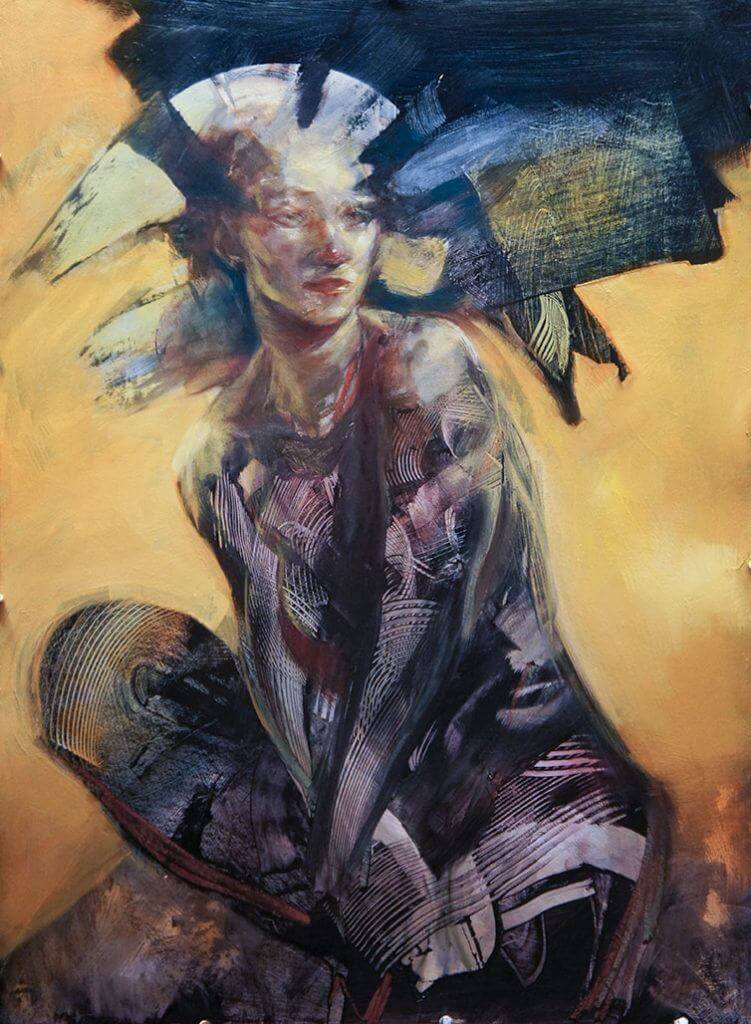
“Athena” 48×24 Oil 2017 by Rick Berry.
A real life incredible abstract artist
Rick Berry blends abstraction with realism. He mixes traditional and digital art back and forth. His stuff is beautiful, absolutely stunning. He's a genius.
You get somebody like Rick who is generating based on intellectual impulse and emotional intent. He formulates an idea, crystallizes an intent, and then brings it to life.
Some of the time it crystallizes in something representative and other times it doesn’t. Let's say Rick is painting a figure. There will be portions of the figure that are tightly designed as a figure; they are concrete and you can almost smell the sweat on the figure. But the figure is not even made out of flesh - they're made of bronze. And then another portion of the figure is completely abstracted and hidden under layers of the painting. Abstraction over realism over abstraction over realism over who knows what.
He's able to do it because he has complete control of the moving parts of making art. And it is impossible to not recognize that when you look at the work.

"My Parents before I Knew Them" 54x41 by Rick Berry.
Impacting people with art
When you make a piece of art you're looking to impact people. You want to draw them in. The worst thing that can happen to an artist is for somebody to walk past their art without slowing down.
A powerful piece of art captivates. You lose track of time standing in front of it. And you don't have to connect words to it because it’s just a visual stimulation draws you in and it engages you on emotional, visual, and tactile levels (meaning you can hear, smell, taste, and feel the painting). It doesn’t have to be a realistic painting.
We only teach the components. It doesn't prevent abstract art. Instead, we teach the components with which you can make abstract.
So if I am teaching you to and you paint whatever you want to, how do I as the teacher know that you are developing the skill? I don't. But if I have you paint something that I can see with my own eyes, then we're both looking at the same thing. And I can see if you faithfully represented the scene. I can see if your values, colors, and edges are right.
For that reason, we must learn by creating realistic art. Once you have the skill set you can then apply it to anything you can imagine. And that's why it’s called the Evolve program. It doesn't block in a style or a genre. Instead, it opens up the ability to paint anything you wish. We use realism because it's the only standard by which is the teacher can measure whether or not you're getting it.
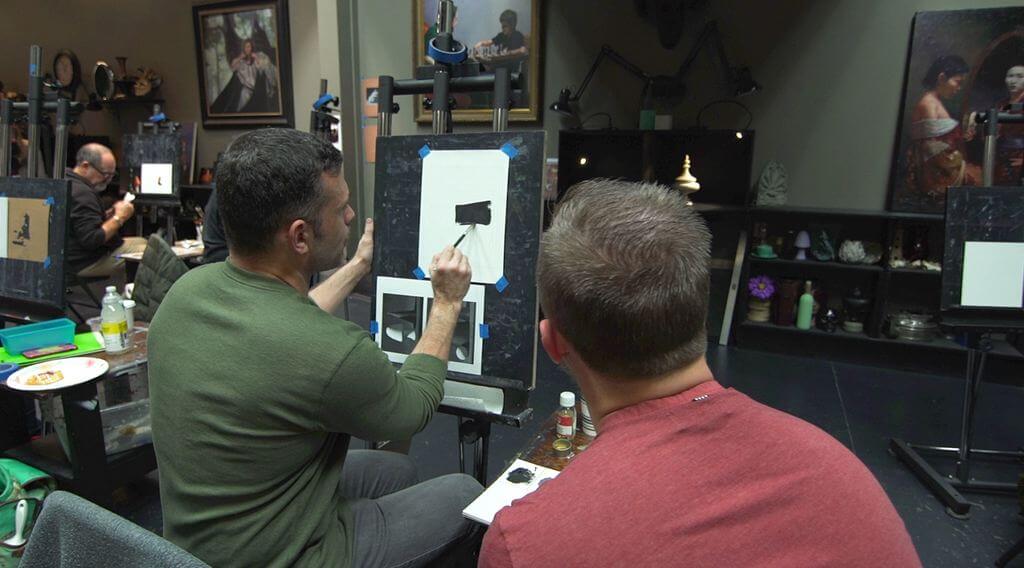
Evolve students look at an Old Holland color chart.
Conclusion
Who do you think launched the true departure from traditional art?
What names come to mind?
Picasso.
His paintings sell for hundreds of millions of dollars. Picasso has a quote that says, “Learn the rules like a pro, so you can break them like an artist.” Consider his words of advice and don’t shy away from learning the rules like a pro so you can break them as an artist.


